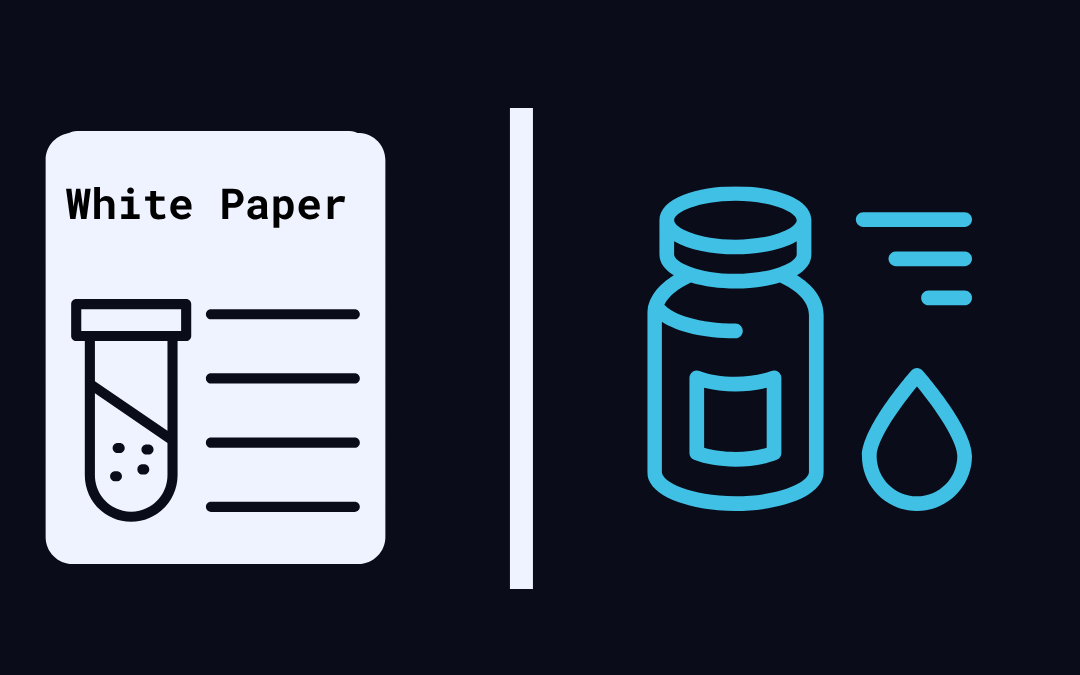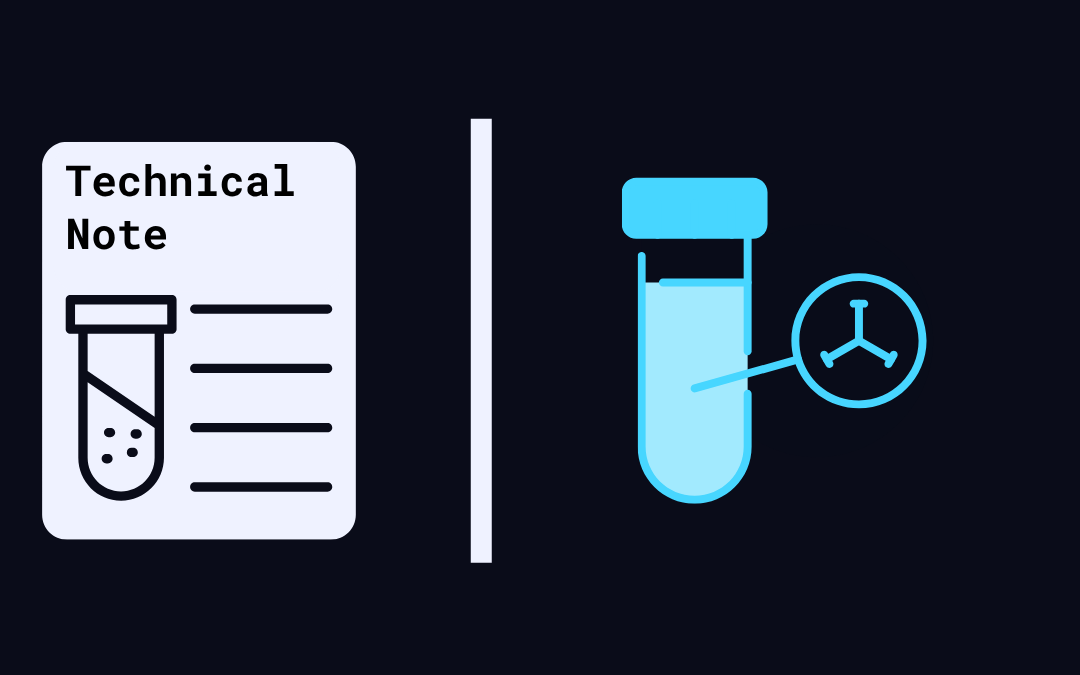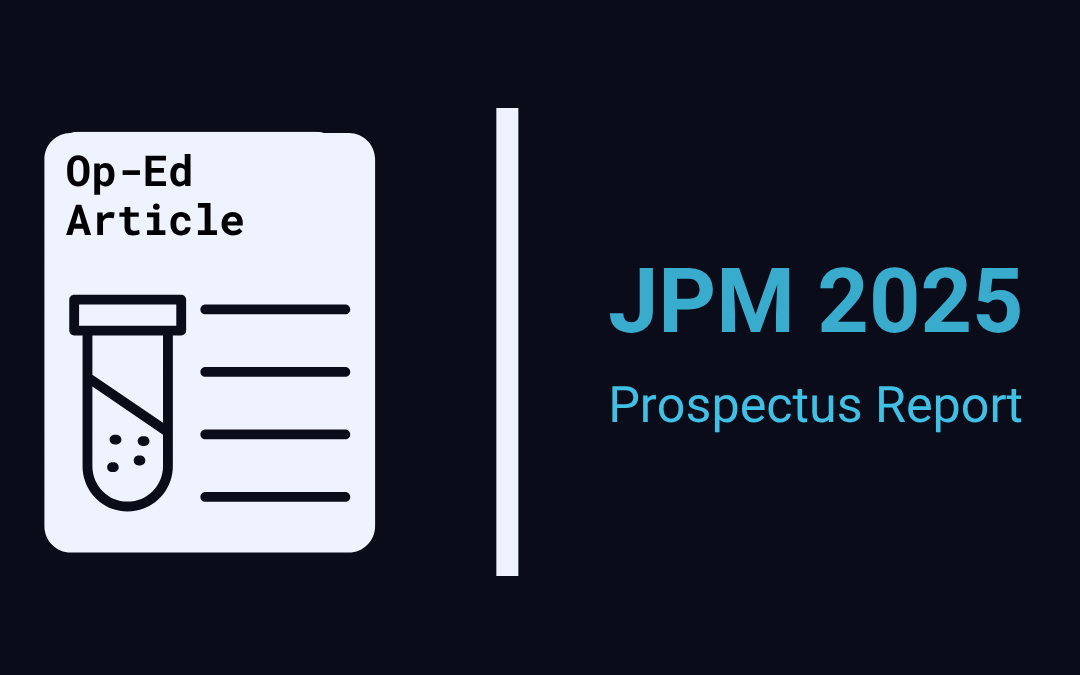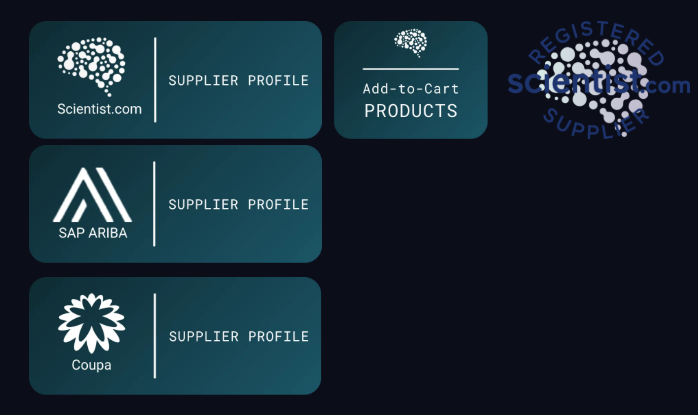SVB Collapse; Long story short(er)
Silicon Valley Banks lending practices will influence biotech & pharma the most. Here's the crash course on what happened.
Background
From 2019 through 2021, Silicon Valley Bank (SVB) experienced period of great success. Credit losses were minimal, and deposits had increased threefold during that time.
On the surface, this appeared to be great news. Optimism abounded as the bank, clients, and investors reaped the rewards of growth. However, underlying factors would lead to an unexpected outcome, one that we’ve all seen play out in the headlines over the past week. To comprehend the rise and fall of SVB, its necessary to understand the following key factors at play.
- When banks accept deposits from clients, they owe the client that money, converting these deposits into "liabilities" for the bank. It costs money to handle liabilities, as the bank pays interest out to checking accounts, and must cover the cost of servicing clients, including customer service, branch maintenance, back-office workers, etc.
- To cover liability costs, banks turn liabilities into "assets" by lending deposits as small business loans or mortgages. If a bank is unable to lend deposits responsibly, it often uses excess funds to purchase loans or securities, such as US Treasury Bonds and Mortgage-Backed Securities (MBS).
- US Treasury Bonds and Mortgage-Backed Securities have lower credit risk, but increased risk in terms of interest rates and inflation.
How Does This Relate to SVB?
From 2019-2021, SVB deposits tripled, and they needed to use those funds to acquire “assets” to pay its costs. Many of these deposits were from VC-backed companies looking for a place to deposit large sums of money.
SVB recognized that deposits were pouring in too quickly for them to be able to lend the money out responsibly. Therefore, it bought long-duration assets guaranteed by the US government, such as Treasuries and Mortgage-Backed Securities. However, it bought a large volume of long-term bonds (bonds with maturities greater than 10 years) at low-interest rates.
As noted above, these types of investments have an increased risk in terms of interest rates. The prices of these investments have an inverse relationship to interest rates. As interest rates rise, the prices of US Treasury Bonds and Mortgage-Backed Securities drop.
Another side-effect of rising interest rates is a decline in fund-raising for start-ups. As capital became less available, SVB’s clients began to withdraw their funds.
This meant that SVB was underwater on its securities investments just as clients withdrew increasing amounts of their funds. To cover their liabilities to these clients, the bank sold off $21 billion of its securities at a loss of nearly $2 billion dollars.
How Did This Lead to SVB’s Failure?
Many of SVB’s clients were large depositors, meaning their deposits were above the FDIC insurance threshold, putting them at risk of severe losses in the case of a bank failure. SVB’s financial loss led to a bank run on SVB by concerned clients, who had lost confidence in the bank and wished to withdraw their funds in case of a closure. This in turn caused shares to drop by 60% and led to the bank’s closure.
Impact on Biotech and R&D
Which brings us to now: March 13th. The Monday following a weekend filled with crisis management and emergency planning. After a hectic weekend, SVB had become a household name in the life sciences sector. The amount of biotech companies with startup capital, VC funds and partner commercial lending going through the SVB network is significant. While 2023 had not been the greatest start for biopharma, this was the last thing any R&D sector needed.
To put it in perspective; alongside a challenging period of unprecedented layoffs and budget cuts, many companies spent their weekend scattering to secure payroll for the employees they have left. On the bright side, most were successful in doing so and today brings much needed relief.
On the bright side-we have some refreshing updates released today:
- Federal officials announced last night that they’ll fully protect all deposits at Silicon Valley Bank and people will have access to all their money when it reopens this morning. (Previously, only deposits up to $250,000 were 100% insured.)
Comment: Preventative measure deterring bank-runs
- Gov. Maura Healey’s administration said Sunday that Massachusetts could be “uniquely impacted” by the failure of Silicon Valley Bank (which has locations in Boston, Beverly, Cambridge, Newton and Wellesley). (Cambridge and greater Boston is home to a majority of biotechs, software and health startups SVB was lending to)
Comment: Cambridge and greater Boston is home to a majority of biotechs, software and health startups SVB was lending to
All in all - It is too early to assess the long-term damages from the SVB crash, but the response of both federal regulators and regional agencies has been competent. From our position as researchers and supporting roles for research; the top priority is making sure the experiments never stop.















